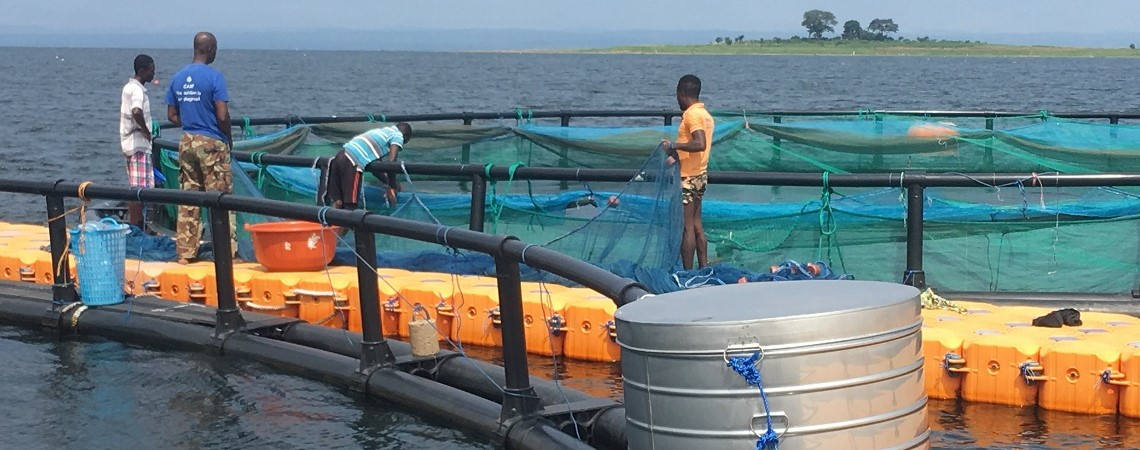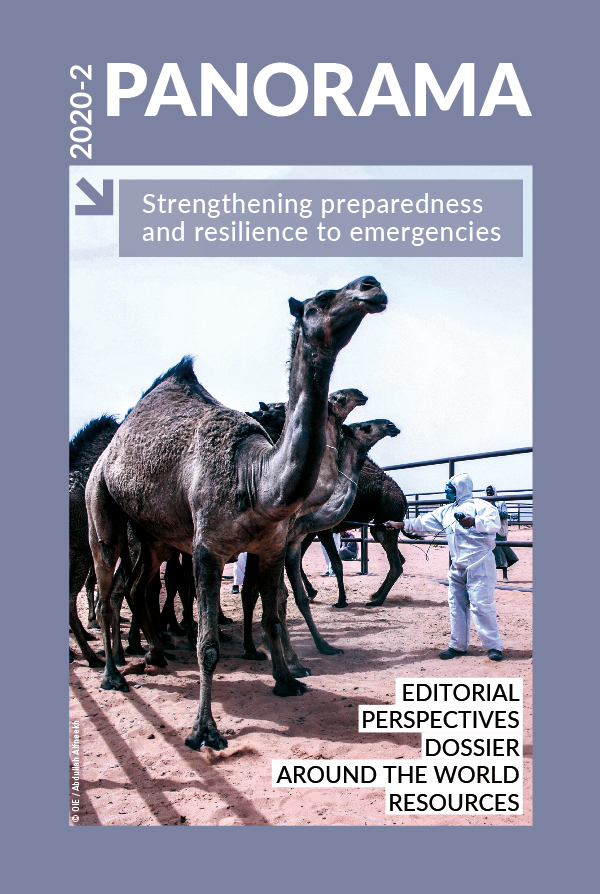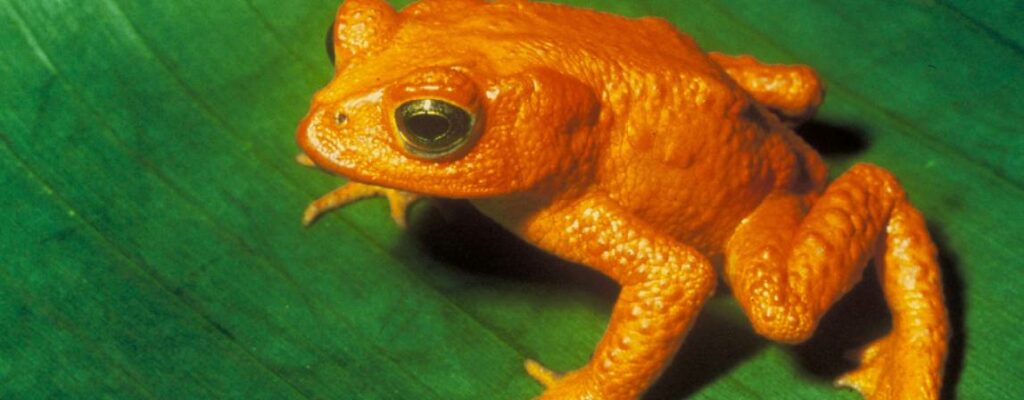Dossier Posted on 2021-03-08 08:50:20
OIE actions on emerging diseases of aquatic animals
The example of tilapia lake virus
Keywords
Authors
I. Ernst (1)* & E. Peeler (2)
(1) OIE Aquatic Animals Health Standards Commission; Department of Agriculture, Water and the Environment, Canberra, Australia.
(2) OIE Aquatic Animals Health Standards Commission; Centre for Environment, Fisheries and Aquaculture Science (Cefas), Weymouth, United Kingdom.
* Corresponding author: ingo.ernst@awe.gov.au.
The designations and denominations employed and the presentation of the material in this article do not imply the expression of any opinion whatsoever on the part of the OIE concerning the legal status of any country, territory, city or area or of its authorities, or concerning the delimitation of its frontiers and boundaries.
The views expressed in this article are solely the responsibility of the author(s). The mention of specific companies or products of manufacturers, whether or not these have been patented, does not imply that these have been endorsed or recommended by the OIE in preference to others of a similar nature that are not mentioned.
Infection with tilapia lake virus (TiLV) is an emerging disease of particular concern because tilapia are the second most important group of farmed fish worldwide and critical for food security in many countries. The TiLV was first described in 2014 after it was found to be the cause of mass tilapia mortalities in Israel [2]. The disease has since been reported from countries in Africa, Asia and the Americas.
Emerging diseases are challenging because so little is known about them when they first occur. However, for responses to be effective, prompt (and perhaps costly) actions are required.
The OIE aims to assist its Members by identifying important new diseases and sharing available information to reduce their spread. Through the OIE Aquatic Animal Health Standards Commission, new disease threats are routinely identified and brought to the attention of OIE Members.
An excellent example of how the OIE community can work together to combat the threat of emerging diseases of aquatic animals
For TiLV, the OIE Aquatic Animals Commission advised OIE Members of the threat soon after it became known to science. The Commission developed a disease card [3] and OIE Members were encouraged to report any detections so a clear picture of its distribution could be developed.
Listing a disease on the OIE List of diseases is an important step to initiate the development of trade standards that support OIE Members in maintaining freedom from a disease. An assessment for listing TiLV was prepared. However, TiLV did not meet the requirements for listing because the diagnostic methods had not been sufficiently evaluated. To address this issue, the OIE formed an ad hoc group to further evaluate the available diagnostic methods. This group, led by the OIE Collaborating Centre for New and Emerging Diseases, in Australia, has brought together laboratories from across the world. It is an excellent example of how the OIE community can work together to combat the threat of emerging diseases of aquatic animals.
http://dx.doi.org/10.20506/bull.2020.2.3150
References
- Peeler E.J. & Ernst I. (2019) – A new approach to the management of emerging diseases of aquatic animals. In The role of aquatic animal health in food security (I. Ernst & E.J Peeler, eds). Rev. Sci. Tech. Off. Int. Epiz., 38 (2), 537–551. https://doi.org/10.20506/rst.38.2.3003.
- Eyngor M., Zamostiano R., Tsofack J.E.K., Berkowitz A., Bercovier H., Tinman S., Lev M., Huryitz A., Galeotti M. & Eldar A. (2014). – Identification of a novel RNA virus lethal to tilapia. Journal of Clinical Microbiology, 52 (12), 4137–4146. https://doi.org/10.1128/jcm.00827-14.
- World Organisation for Animal Health (2020). – Infection with tilapia lake virus (TiLV) – a novel orthomyxovirus-like virus.










